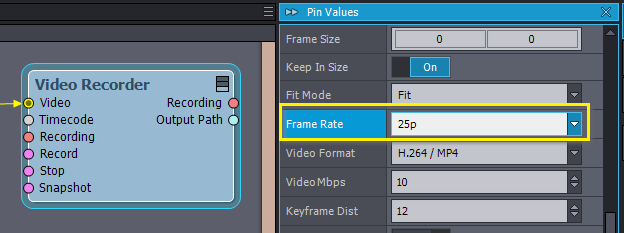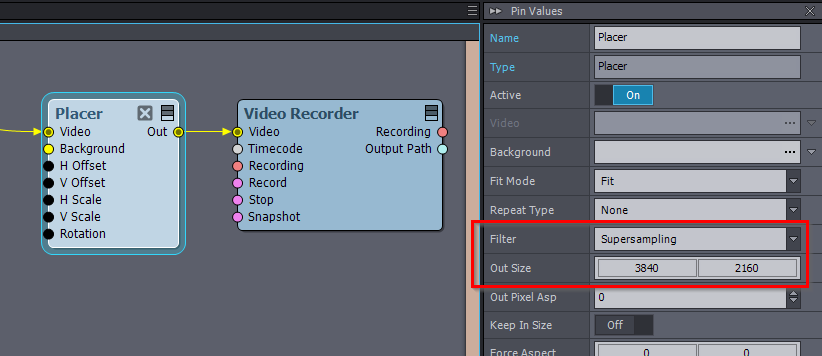Hello everyone,
I have a quick question:
I want to create an Aximetry project and set up a camera statically on a tripod in the studio. I want to program small virtual mini camera movements via a stream deck and preview the whole thing live in HD via Aximmetry.
I then want to use the recorded 4K videos (internally in the camera) for the final playout in post-production + using the same virtual camera movements.
Is it possible to render this again in better 4K quality afterwards? This would be for a commercial, so I need the best possible render quality.
Maybe you have a tip for the workflow or a tutorial for me.
I would be very happy.
Kind regards
Hi,
You can record the camera movements of virtual cameras with the [Common_Studio]:Compounds\Record\Record_3-Audio.xcomp compound into FBX formats. You can read more about it here.
In the case of tracked camera compounds, the built-in recorder in the compound can record the camera tracking, but it will not record the virtual camera movements. You can read more about it here.
When recording virtual camera movements into FBX, you can open the FBX file with most rendering software. So you are not limited to Unreal or Aximmetry, you could for example use Blender to render the virtual background. You can also use Unreal's Movie Render Queue if you import the FBX into Unreal and use Unreal without Aximmetry. However, in this case, the virtual world will be rendered without the billboards.
If you want to only use Aximmetry for the final rendering, then you can convert the FBX into DAE (Collada). You can do the conversion for example with Blender. Then you can playback the DAE in Aximmetry. And use the DAE's transformation to run the virtual camera.
If you re-render using Aximmetry, then you can do it even in 8k if your computer can handle the memory load, as you can render the frames in non-realtime with the Video Recorder module.

The Video Recorder module overwrites the Frame Rate to unlimited when the Video Recorder's Frame Rate pin is not set to Realtime. Meanwhile, the Video Recorder will put every generated frame into a video file that has a frame rate as specified in the Video Recorder's Frame Rate pin:
Using this feature, you can render with quality settings that are much higher than what your computer could render in Realtime.
You can then use a Placer module to resize it to your desired resolution:

Warmest regards,